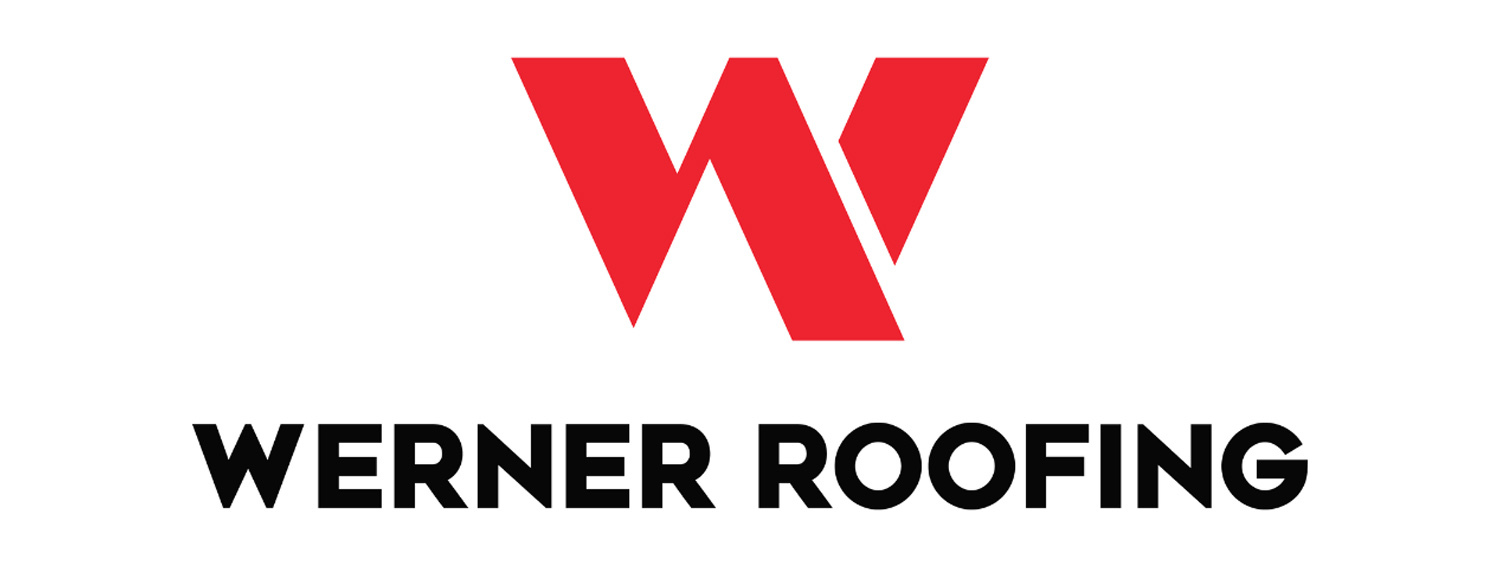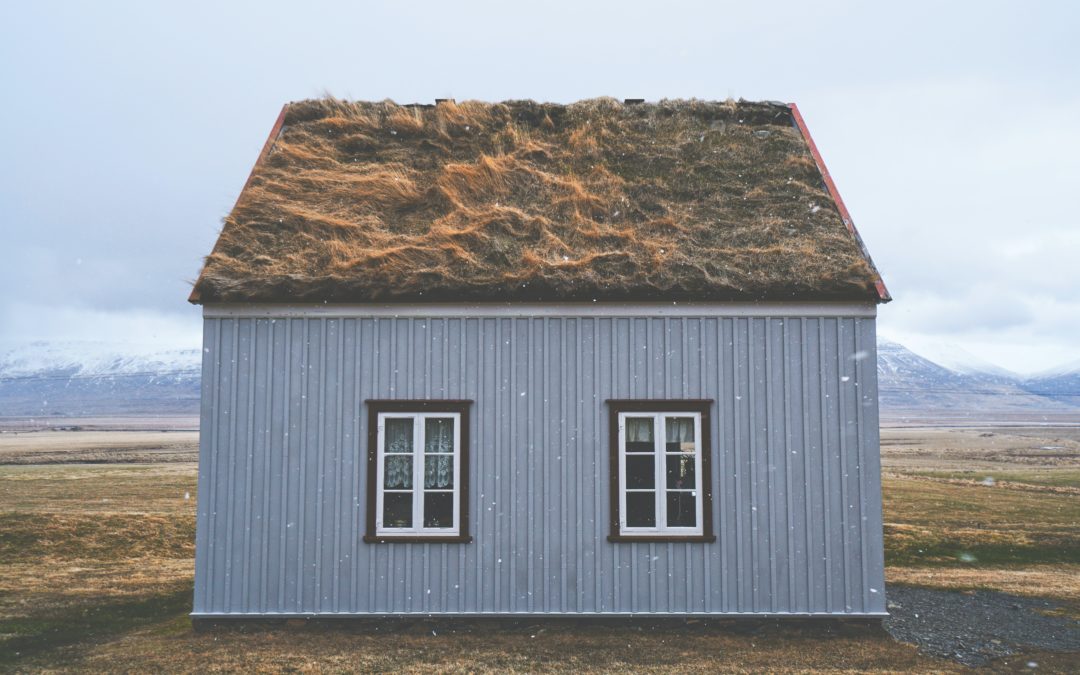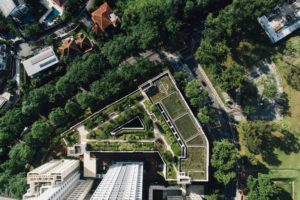Have you noticed in areas where there are many buildings and houses surrounded by asphalt and concrete, the temperature is a few degrees higher than rural areas and green spaces? This is a symptom of the urban heat island effect. Sunlight is absorbed by dark surfaces like asphalt shingles and roadways, trapping heat, while the pavement directs water runoff into polluted sewers. To break up this pattern, green roofs were introduced to bring more green space into our lives and help us enjoy the benefits of less heat generation, reduced pollution, and a natural filter for water and air.
What is a green roof, and how does it work? Let’s explore the trend and take a look at some of the benefits and possible disadvantages of green roofs.
What Is a Green Roof?
A green roof is a contained portion of green space created on a manmade structure. A green roof uses a well-designed sealing and drainage system to support plants for food production, energy efficiency, or just as an environmental bonus. First popularized in Europe, homeowners in the US are starting to enjoy the many benefits of more plants in their environment while also paying less for energy consumption, utilizing stormwater runoff, and helping their roof last longer.
Advantages of a Green Roof
How do you know if a green roof is right for you? If you would enjoy any of these advantages, consider converting your roof into a green roof.
Extra Green Space
A green roof can add green space to your property. When building a green roof there are two types, intensive and extensive. An intensive green roof is built on a flat surface that extends the living space of the house. You can use this space to produce food, grow flowers, or enjoy a simple garden retreat. An extensive green roof isn’t built to grow vegetables or walk on. Designed to be lightweight, an extensive green roof is installed exclusively for the environmental and energy benefits.
Whether you want to enjoy the extra legroom of an intensive green roof or just the environmental benefits of an extensive green roof, the additional green space can boost your mood, improve your focus, and help you breathe easier. Depending on your home’s structure and the climate where you live, an extensive or intensive green roof might be better suited for you.
Green Roof, Green Energy
Green roofs are known to boost a home’s energy efficiency. As a natural layer of insulation, a green roof can reduce strain on your home’s HVAC system, extending its life, and keeping you cooler during the warm months and warmer during the cold ones.
A green roof also limits the need for an expensive drainage system. Plants make use of rainwater and help the excess drain away from your home. All green roofs should be designed with an intuitive drainage plan to keep water from pooling where it could break through your waterproof seal or damage growing plants.
Increased Roof Durability
A layer of plants protects your roof from harmful UV rays, which are known for causing oxidation and cracking of asphalt shingles. A green roof protects your home’s barrier from extreme temperature variations as well as tears from the wind or impact from hail or tree branches. When installed properly, a green roof will last longer than a traditional roof, and with a little maintenance, will grow and provide better protection over time.
A green roof can add a lot to a home or neighborhood. Other advantages of green roofs include:
- Reduced noise
- Fire-retardant material
- Improved air quality
- Increased biodiversity
- Stormwater management
- Counteraction of urban heat island effect
Drawbacks of a Green Roof
It’s not always easy being green. A green roof requires a little more maintenance than a standard roof and costs a bit more to design and install.
Green Roof Maintenance
While longer-lasting than conventional roofs, green roofs require a little maintenance to keep them green. An intensive green roof will require some work to maintain plants, especially if you’re using it to grow produce. An extensive green roof, however, is designed to be low maintenance. Through rainfall and seasonal weather patterns, your plants should be mostly self-sustaining.
An important maintenance step with a green roof will be to check the drainage system regularly to make sure it’s working properly. Improper drainage could cause a tear in your waterproof seal or add extra weight to your home’s structure.
Green Roof Investment
One drawback of a green roof is that it requires a larger investment to get started. A green roof requires a well planned design and installation to earn the most benefits while being as low maintenance as possible. This likely means hiring a professional green roof designer to assist you in planning out your plants and building proper support for your roof.
If you’re not scared away by an initial investment, a green roof can provide hefty savings over time. In addition to the energy savings you’ll notice right away, a green roof is more durable, so it won’t need to be replaced any time soon, unlike a traditional roof.
How to Get Started with a Green Roof
If you’re interested in putting a green roof on your home or building, it’s best to work with a certified installer. A green roof installer can make sure your house can support the roof for your intended use, help you choose plants that will work for your location, climate, and maintenance preferences, and design a system for drainage that will keep your plants happy and your home dry. A certified installer will be well acquainted with the ideal materials used to build green roofs and can suggest products to help boost energy efficiency and waterproofing.
Green roofs aren’t for everyone, but they can be a unique way to boost energy efficiency and enjoy some extra green space around your home. If you’re wondering if your roof could support a green roof structure, let us know. We’d be happy to come out and assess your roof for you. Give us a call at 616-844-5382 or reach out online to learn more today.
FREE ROOF INSPECTION & QUOTE
If you’re considering a new roof, the first step is to have us come out for a FREE inspection. This will allow us to evaluate your roof and give an honest estimate based on your roof’s current condition.
ASK A ROOFING QUESTION
Do you have a roofing question? We’re here to help. Just let us know what you’re wondering about, and one of our representatives will get back with you shortly.



